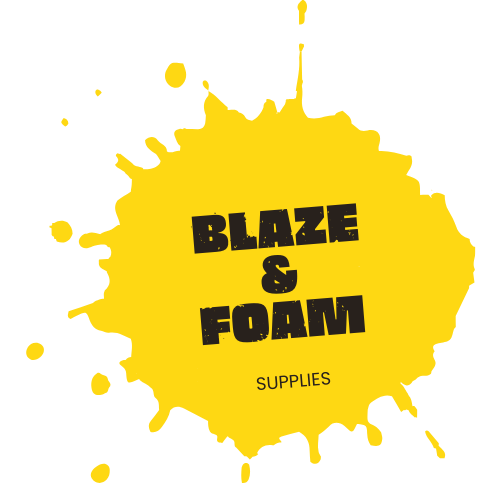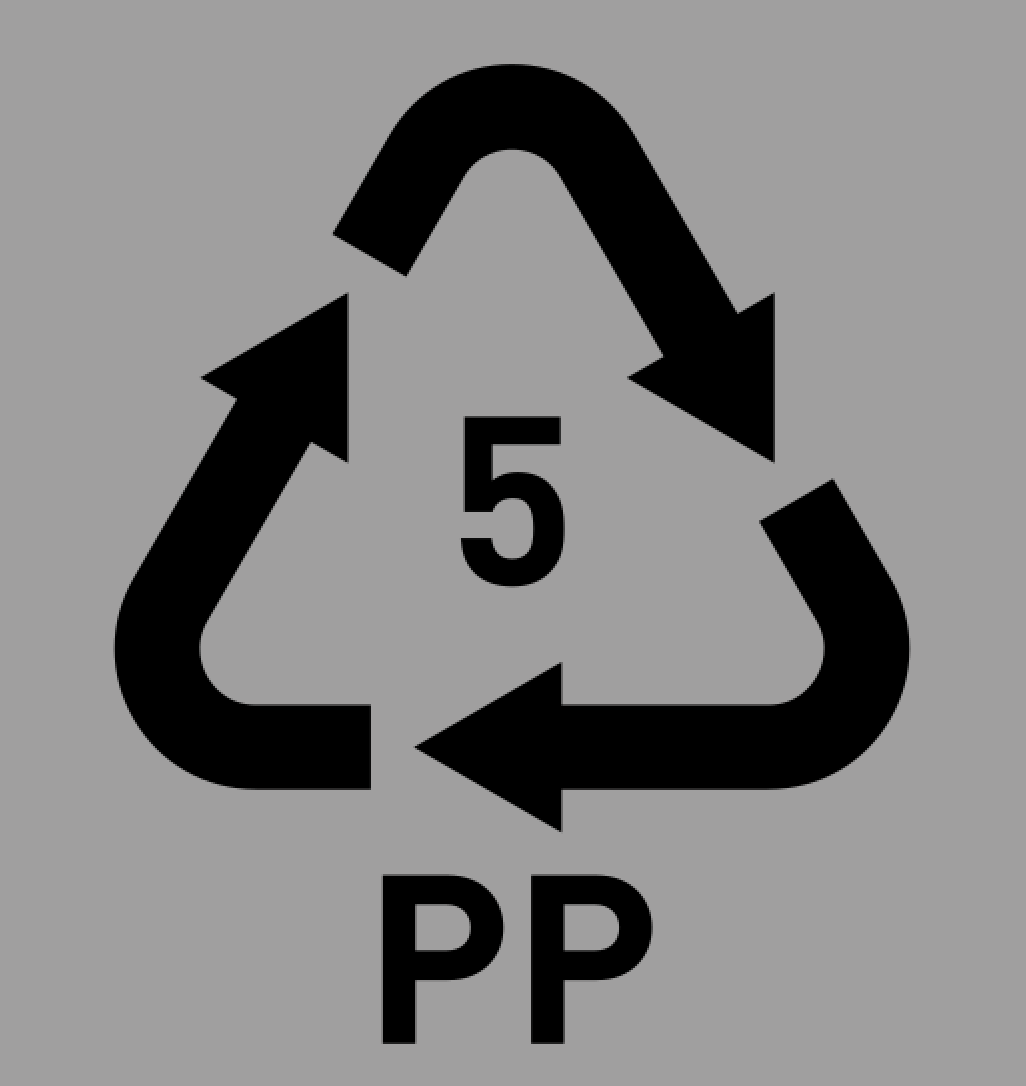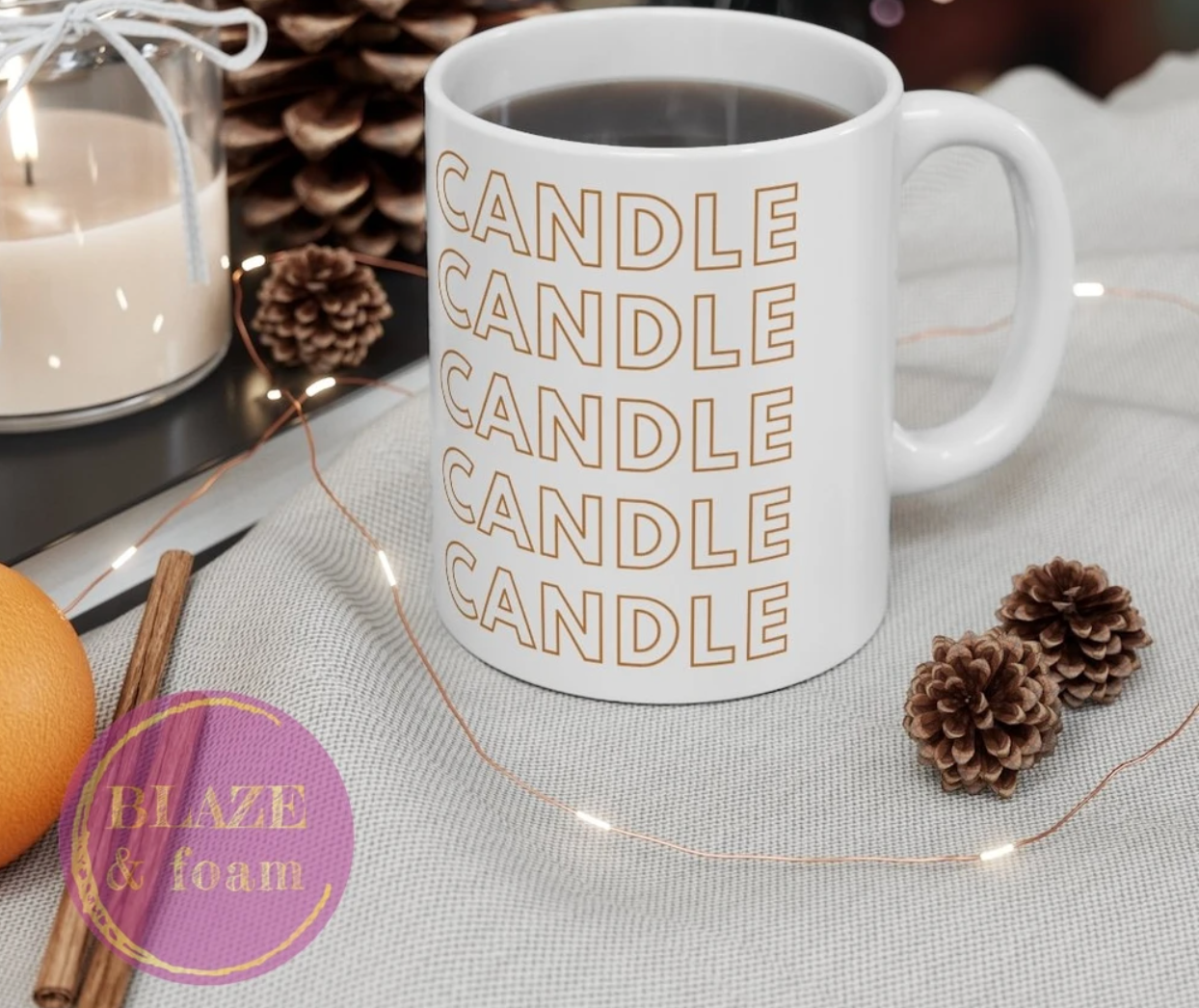Well, aspiring soap chemists, welcome to the wild world of soap making containers! It's like choosing the right armour for your soap-making battles. And let's be real, battling lye can be like fighting a tiny, caustic dragon. So, what's the lowdown on the containers that are either your trusty steed or the horse-sized liability you definitely don't want?
First off, let's dodge the disaster zone. Teflon, aluminum, copper, iron, and tin are like the drama queens of the container world. They can't handle the intensity of lye and raw soap batter, so they're out of the soap-making party. Aluminium even tries to produce hydrogen gas – like, who invited that guy?
Now, onto the saga of glass. Regular ol' glass is a bit like that flimsy umbrella you got from the dollar store – it's just not cut out for the soap-making storm. It'll break down when faced with lye water, and sodium hydroxide will basically turn it into a soap-themed art project over time.
But wait, there's a glass hero in town – tempered glass! It's like the Bruce Willis of glass – heated and toughened to withstand the unexpected. It's cool for mixing oils and lye in a soap-making speed date at trace, but lye water's a no-go for this glass superstar. It's all fun and games until thermal shock enters the picture.
Ah, Pyrex – the glass that used to be the Borosilicate boss. Back in the day, it was all "I ain't afraid of no lye!" But then the brand got passed around like a hot potato and now it's a coin toss – some regions still rock the borosilicate, while others are playing with soda lime glass that's not as hearty.
Now, plastics. PET, PC, nylon, PS#6 or ABS – they're basically the scaredy-cats of the soap-making universe. They run away from lye like it's the boogeyman. But Polypropylene plastic (PP#5) is the brave warrior. It can handle lye water like a champ – heat proof, chemical resistant, and all that jazz. Just check the stamp of approval at the bottom.
And finally, the stainless steel saviour! It's like the wise old sage who's been through it all. Stainless steel is up for the task, with a melting point higher than your wildest soap-making dreams. It won't melt or leach, so your soap-making adventure is safe and sound. Plus, it's like the microwave-safe dinnerware of the soap world, except, you know, way cooler.
So there you have it, soap alchemists. If you want containers that won't chicken out when lye comes to town, stainless steel and the mighty Polypropylene plastic (specifically PP#5) are your dynamic duo. Time to suit up and embark on your sudsy escapades!




Leave a comment
All comments are moderated before being published.
This site is protected by hCaptcha and the hCaptcha Privacy Policy and Terms of Service apply.